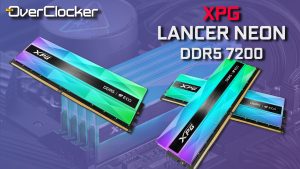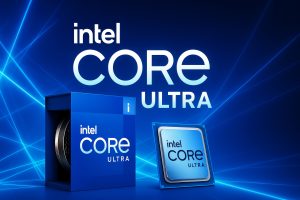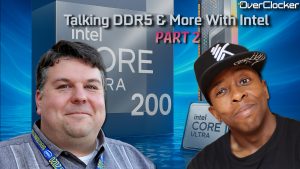ROG CROSSHAIR VIII HERO (Wi-Fi) Review
HARDWARE
Power

Power is a pivotal part of motherboards these days with immense resources being poured into designing and implementing power circuitry that is not only efficient but powerful enough to drive the most demanding processors of the generation. This is of particular importance as core counts increase and extreme overclocking of those high core counts requires competent power delivery. To that end the Crosshair VIII makes use of a 14 stage 60A IR3555 spread across seven phase power delivery system (using ASP1405 in 7+1 configuration). Since each of the phases has two power stages, it can deal with copious amounts of current and offers better transient response than a phase doubled design. ASUS claims up to 20ns reduction in signal chain processing by using this teamed approach as opposed to using phase doublers. This teamed approach is also better able to deal with droop which can be as much as 30mV when using phase doublers during load transitions. This can impact CPU stability under load transitions
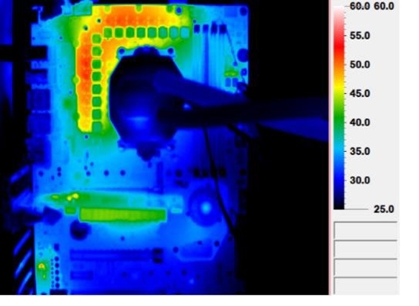
That said, this approach doesn’t compromise thermals in the least. In addition to this, the VRM on the Crosshair VIII Hero, has strategically distributed SOC power stages across, and it fires each Vcore phase in a non-sequential order in order to avoid hotspots.
As with the previous CHVII motherboard, the Crosshair VIII Hero uses differential circuit sensing directly from the CPU, so voltage, current and power draw measurements are pretty accurate and reliable, as they are sourced not from the VRM controller but directly the CPU.
Optimem III

Next to power, memory trace layout and tuning are the major differentiation between motherboards. True to ROG’s heritage, the Crosshair VIII Hero implements what ROG calls OptiMem III signalling. Obviously, this is ‘secret sauce’ on the part of ROG, but what it translates into is higher frequencies, tighter timings, and lower voltages compared to boards without the technology. Since different workloads respond to different memory tuning, users can push the boundaries of Ryzen performance and tune for their specific application needs with little to no restrictions imposed by the motherboard. We will go into DRAM overclocking and tuning later, but suffice to say the Crosshair VIII Hero can operate memory well into the 4800 territory without much issues. Optimem III according to ASUS can extend DRAM clock margins by up to 400MHz, while helping with lower latencies and operating voltages.
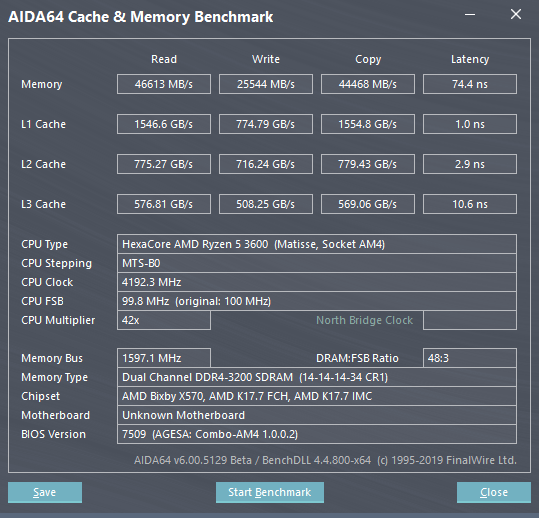
General board features
What the Crosshair VIII at a glance is eight fan headers, obviously some are for water pumps, there’s a header for an AIO pump, chassis fans and of course the CPU fans. The water pump and AIO pump headers provide 36 and 12W of max power at 3A and 1A respectively. These are full speed fans so be aware when plugging fans into these headers. ASUS states that each header can also be mapped to multiple thermal sources, including the temperature of select ASUS graphics cards, allowing chassis fans to respond to GPU or CPU-intensive tasks. For liquid-cooled rigs, fan speeds also can reference water temperatures to deliver a gradual response to system workloads



